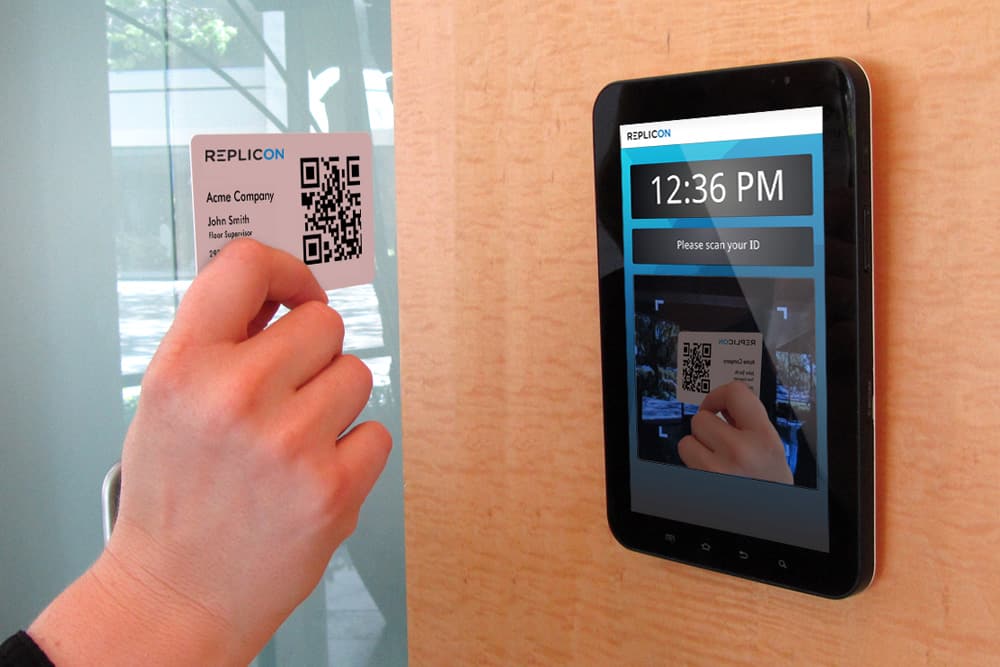

The biggest pro of biometric time clocks is that they prevent buddy punching. That’s long enough for us to see the impact of this technology and some of the pros and cons of using it. The pros and cons of biometric time clocksĪlthough biometric time clocks may seem futuristic, businesses have been using them since the 90s. Employees must stand close to the device and look into the scanner to clock in. Iris time clocks illuminate an employee’s eye with infrared technology to identify patterns on the iris. Employees have to stand in front of the clock and let it scan their faces to clock in. Biometric facial recognition time clocksįacial recognition time clocks can recognize the unique features of each employee’s face, as well as the distance between them. These time clocks usually have a template that indicates where employees should place their hands. Similarly, biometric palm time clocks can record and recognize the patterns on each employee’s palm and the unique geometry of their hand. To use fingerprint time clocks, employees put their index finger or thumb on a fingerprint reader. Biometric fingerprint time clocksīiometric fingerprint time clocks scan each employee’s fingerprints and match them with stored images to determine whether the right person is clocking in. Here are those that are most common and popular for small businesses. There’s a wide range of biometric time clocks, including ones that measure body movements and recognize voices. 4 types of biometric time clocks and how they work

Also known as hand scanner time clocks, fingerprint time clocks, hand-punch time clocks, or biometric hand-punch devices, these types of systems most often use fingerprints or hand geometry to recognize each employee and track and manage their time. A biometric time clock is a small business time clock solution that identifies an employee as they clock in by detecting a unique body measurement.


 0 kommentar(er)
0 kommentar(er)
